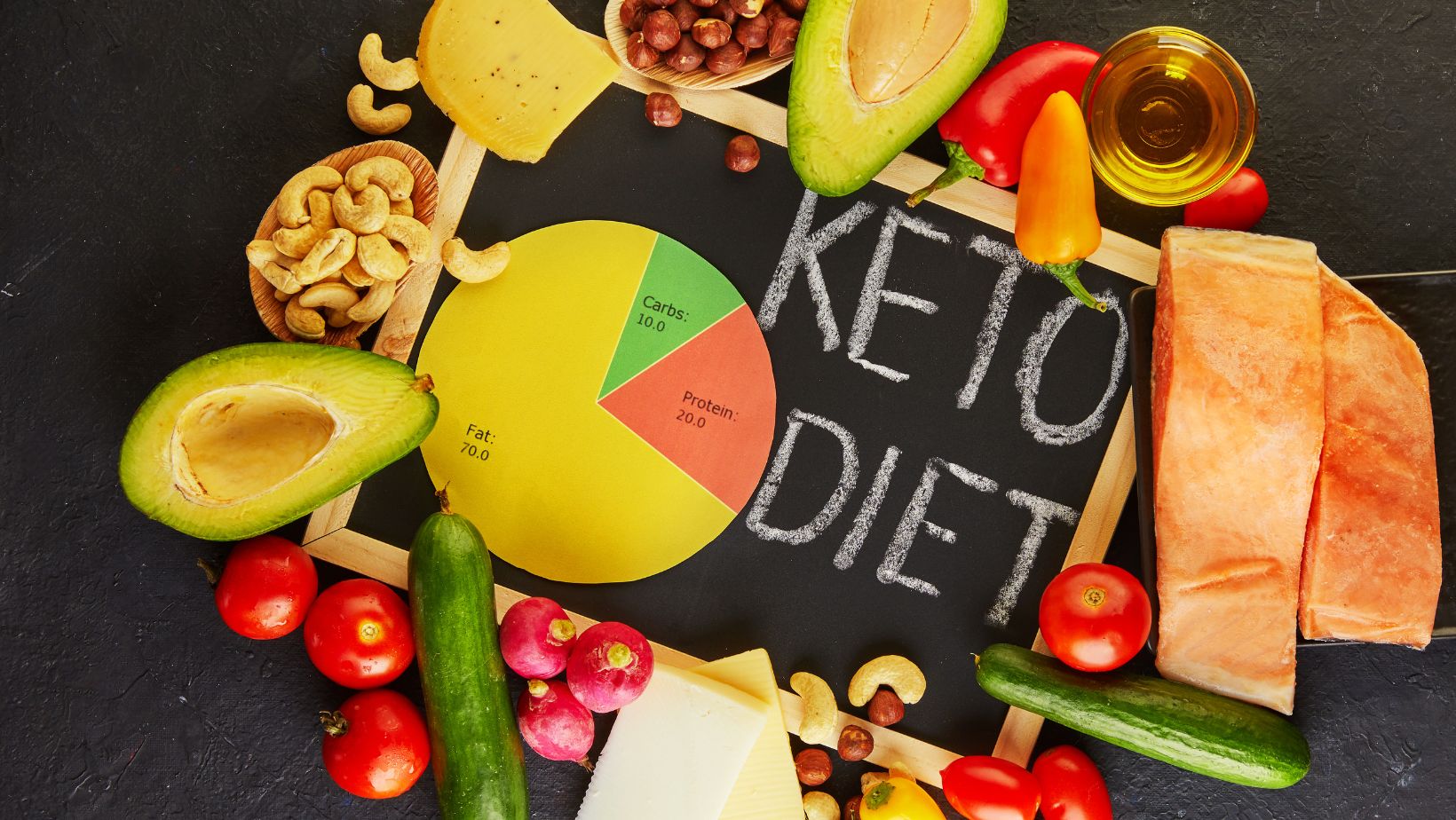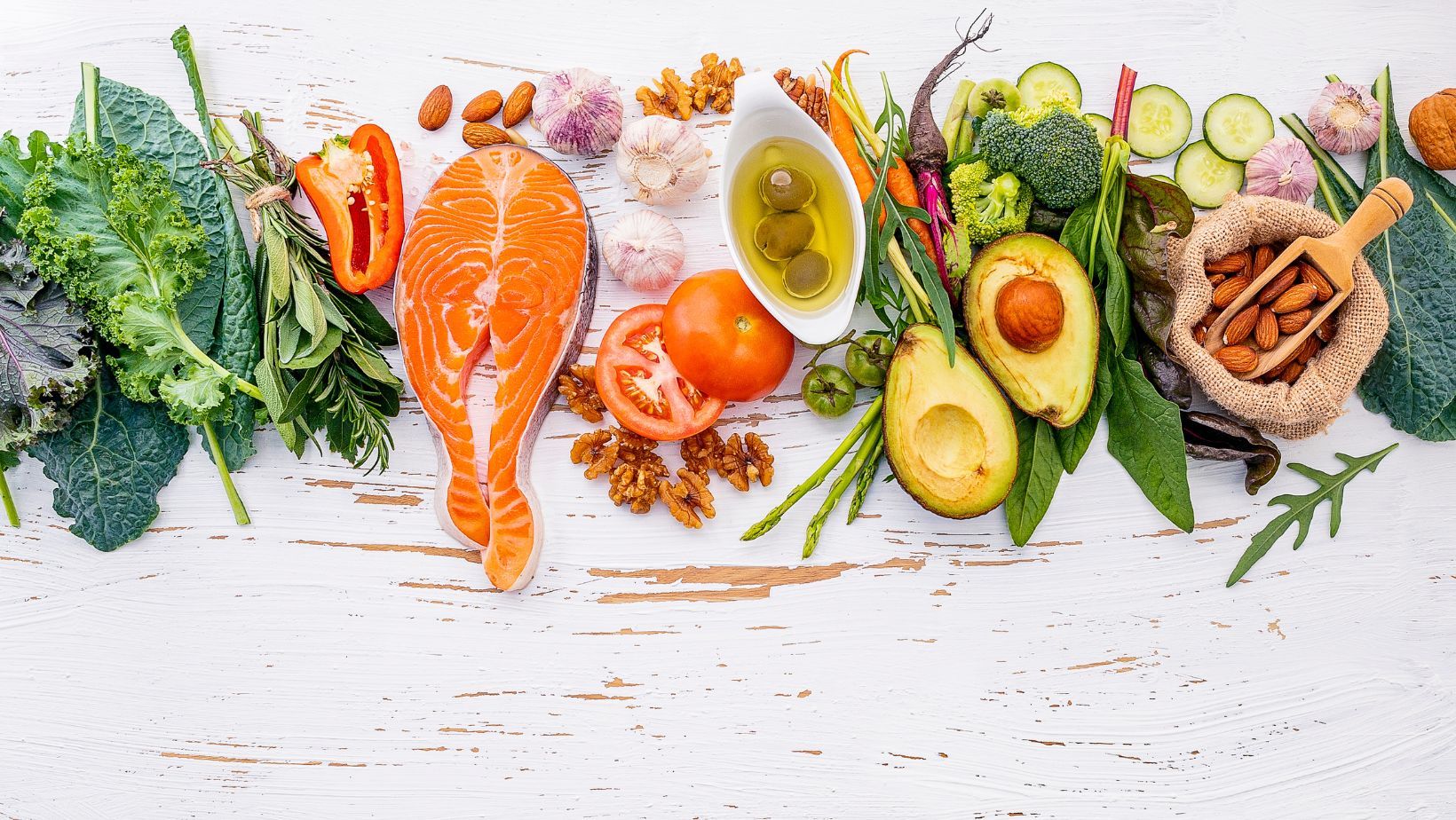
How To Read Nutrition Labels For Keto
Are you looking to follow a keto diet but feeling overwhelmed by the nutrition labels on food products? Don’t worry, I’ve got you covered! In this article, I’ll guide you through the process of reading nutrition labels for keto, helping you make informed choices and stay on track with your dietary goals.
Understanding nutrition labels is essential when following a keto lifestyle. The key is to focus on specific macronutrients like carbohydrates, fats, and protein. When examining a nutrition label, pay close attention to the total grams of carbs per serving. On a keto diet, it’s important to limit your daily carb intake to maintain ketosis.
Additionally, keep an eye out for hidden sugars and high glycemic ingredients that might spike your blood sugar levels. Ingredients such as fructose or maltodextrin can unknowingly sabotage your efforts. By learning how to decipher these labels effectively, you’ll be equipped with the knowledge necessary to make wise food choices and ensure your success on the keto journey.
So grab a pen and paper because we’re about to dive into the world of nutrition labels for keto! With these tips and tricks up your sleeve, you’ll navigate grocery store aisles with confidence and be one step closer to achieving your health and wellness goals. Let’s get started!
Understanding Nutrition Labels
When it comes to following a keto diet, reading nutrition labels is an essential skill. It allows you to make informed choices about the foods you consume and helps you stay on track with your dietary goals. However, understanding these labels can sometimes be confusing and overwhelming. That’s why I’m here to break it down for you in simple terms.
- Serving Size: The first thing you’ll notice on a nutrition label is the serving size. This tells you the amount of food that the information provided below applies to. Pay attention to this because the nutritional values listed are based on this specific serving size.
- Total Carbohydrates: On a keto diet, monitoring your carbohydrate intake is crucial. Look for the total carbohydrates section and focus on the net carbs, which are calculated by subtracting fiber and sugar alcohols from the total carbohydrates. Net carbs are what really matter for ketosis.
- Fat Content: Keto is a high-fat diet, so naturally, fat content plays a significant role in your food choices. Check out how much total fat is present per serving and consider whether it fits into your daily fat allowance.
- Protein: While protein consumption should be moderate on a keto diet, it’s still essential for maintaining muscle mass and overall health. Take note of the protein content per serving and adjust accordingly based on your individual needs.
- Additional Nutrients: Beyond macronutrients (carbs, fats, proteins), nutrition labels provide information about other vitamins and minerals present in the food item. Keep an eye out for any particular nutrients that are important to you or may be lacking in your diet.
- Ingredients List: Don’t forget to scan through the ingredients list as well! Look out for hidden sugars or any other non-keto-friendly ingredients that might be lurking within.
Remember, practice makes perfect when it comes to reading nutrition labels for keto purposes! The more familiar you become with deciphering these labels, the easier it will be to make smart food choices that align with your dietary goals. So take your time, analyze the information provided, and don’t hesitate to seek clarification if needed.

